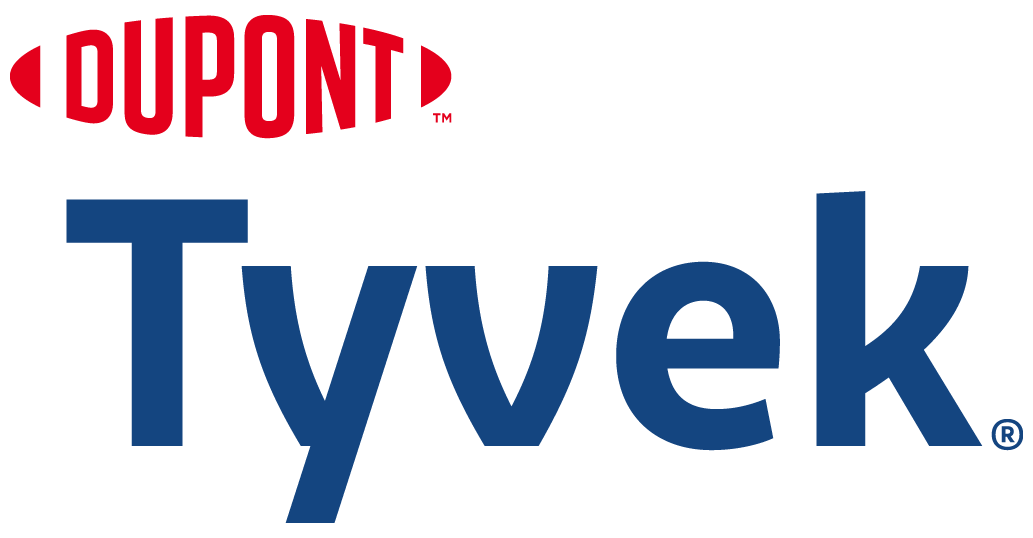Chemicals can pose a risk at many stages of their life cycle, from initial manufacture through to end use, and in some cases for a long time thereafter. The huge spectrum of chemicals used right across pharmaceuticals production and other industry sectors renders it particularly difficult to minimise the risks that chemical hazards can present. Used in many different applications, in many different ways and in a huge variety of locations, chemicals present a bewildering scope of potential risk environments.
Chemicals are also capable of causing harm to humans in several different ways: through direct skin contact, by inhalation of fumes, vapours and dusts, and by inadvertent ingestion.
The resulting diversity of application and hazard scenarios make it essential to undertake a systematic risk analysis when assessing and selecting specialist PPE for chemical protection purposes. It is clearly not sufficient simply to rely on trying to interpret generic industry standards or just to meet ‘legal minimums’ when selecting chemical PPE. One of the issues here is that there is a huge breadth of protection available within each of the different European PPE performance classifications.

